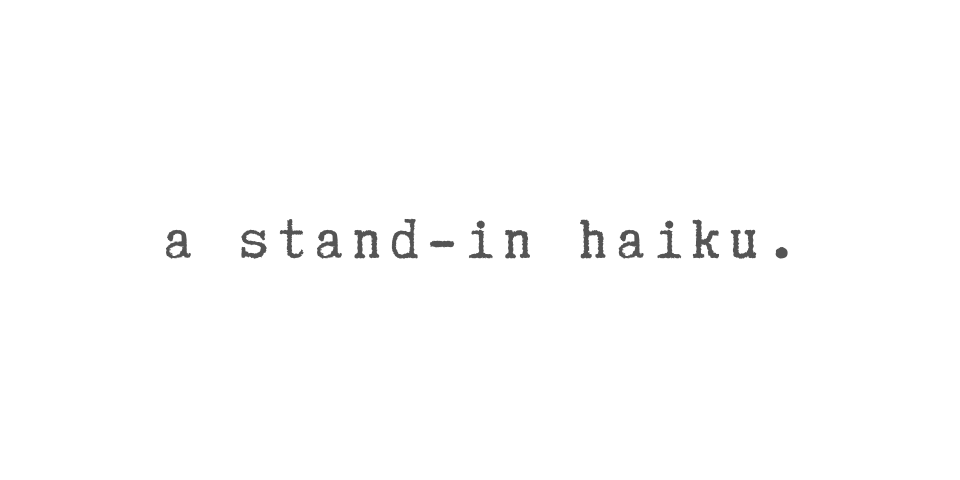One of the more uncomfortable aspects of the stand-in’s job is having to look another stand-in in the eyes for an amount of time more than a few seconds long.
Many stand-ins step onto their marks and essentially stare at the other stand-in in their scenes. While there usually is nothing wrong with doing so, it can be generally uncomfortable for both the staring stand-in and the stand-in being stared at.
Here are some times for addressing eyelines when you’re standing in.
Assume the Position
When a shot is being set up, usually the exact eyeline is not important just yet. What’s more important is body position and body angle so that the scene may be lit properly and the cameras may be aligned properly.
When you’re first standing in in a scene, step onto your mark and look at the other stand-in in your scene (assuming your first-team actor did look at the other first-team actor in the scene). Memorize the position of your body when you are looking at the other stand-in, then you can look away. Look away only your eyes, though–don’t reorient your body. Essentially, don’t stare at the other stand-in right when you step in, and instead simply keep your body oriented properly to the other stand-in.
Look “Home”
When you actually are asked to take an eyeline to another stand-in, often what happens is that the two stand-ins will feel slightly embarrassed or uncomfortable, then smile, blush, or laugh at each other. Of course, this is understandable behavior, but it could also distract you and the other stand-in from instructions from the DP or camera department is making.
I call “home” the point on the bridge of the nose between the eyes. In order to thwart the discomfort of looking another stand-in in the eyes, I recommend instead of looking into the eyes, look “home.” Looking “home” gives the appearance you are looking into the eyes of another but will probably get you around the discomfort associated with that task. (See this past post for more information on “home.”)
Looking “home” is probably not necessary if you’re asked to look at another actor for a very short period of time. However, looking “home” may be helpful in those times when you have to look to another stand-in for an extended period.
How do you handle eyeline work? Do you get bothered when other stand-ins stare? Do you have other tips for dealing with eyelines? If so, please share below.






Leave A Comment